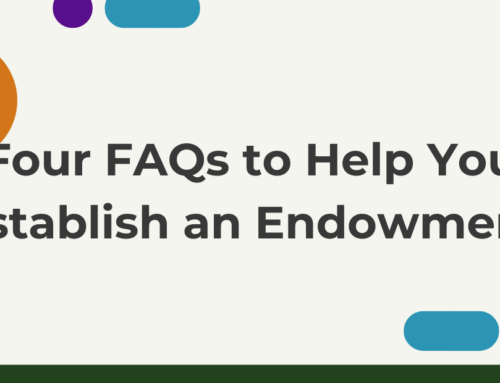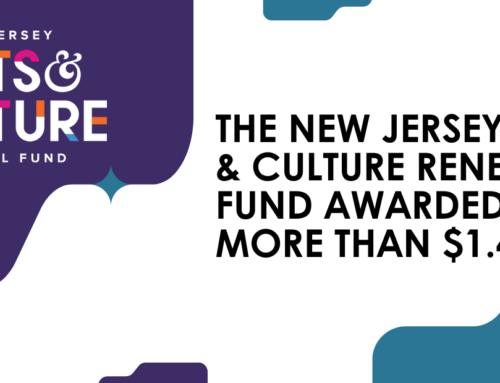Six weeks after Sandy, the scope of the disaster is finally coming into full focus: the estimated cost of storm-related damage in New York and New Jersey alone now exceeds $70 billion.
FEMA and private insurance dollars are making their way to displaced families and affected local and state agencies. Five shore towns have already decided to issue a bond that will finance the rebuilding of damaged boardwalks in time for next summer’s tourist season.
In the storm’s aftermath, the Red Cross received an estimated $150 million in donations. Now facing inquiries and some harsh criticism in the media, Red Cross leadership has defended their work as “near flawless,” and a recent update illustrates the incredible scope of their disaster response across eleven states. The group projects that nearly three quarters of the resources donated for Sandy relief will be spent by the end of the year.
But as the immediate relief phase comes to a conclusion, communities are changing gears to address the long-term work of recovery and rebuilding. Past disasters have shown that philanthropy has a crucial role to play in this arena, especially by helping to address complex questions and long-term or overlooked issues.
After Hurricane Katrina, for example, foundations supported a fact-finding trip to the Netherlands for local officials to study flood prevention systems. Other philanthropic efforts following natural disasters have focused on the needs of small businesses and farmers, and on the communications, training, and legal support needed to navigate rebuilding efforts and prepare more effectively for future disasters.
The philanthropic response in New Jersey continues to grow, and though few funding commitments have been made there is some discussion of allocating donated dollars to address the mental health challenges that many are yet to face, or to support planning for sustainable rebuilding.
A recent article on NJ Spotlight encourages us to think about who will make decisions about the funds raised. Do those involved know how to approach the complicated issues? Do they know where the key leverage points are to make dollars go furthest? What motives might they bring with them?
After the Haitian earthquake in 2010, singer Wyclef Jean used his celebrity to raise millions for Yéle Haiti. According to the New York Times, “…a continuing New York attorney general’s investigation has already found financial improprieties at Yéle, and the charity effectively went out of business last month, leaving a trail of debts, unfinished projects and broken promises.”
While this experience, thankfully, is an outlier, donors are wise to measure their options against philanthropic best practices of transparency, accountability, experience, professional efficiency, and knowledge of the local nonprofit landscape. Where do you want your support to make a difference – and who can direct the available resources where they belong and put them to work most effectively?



